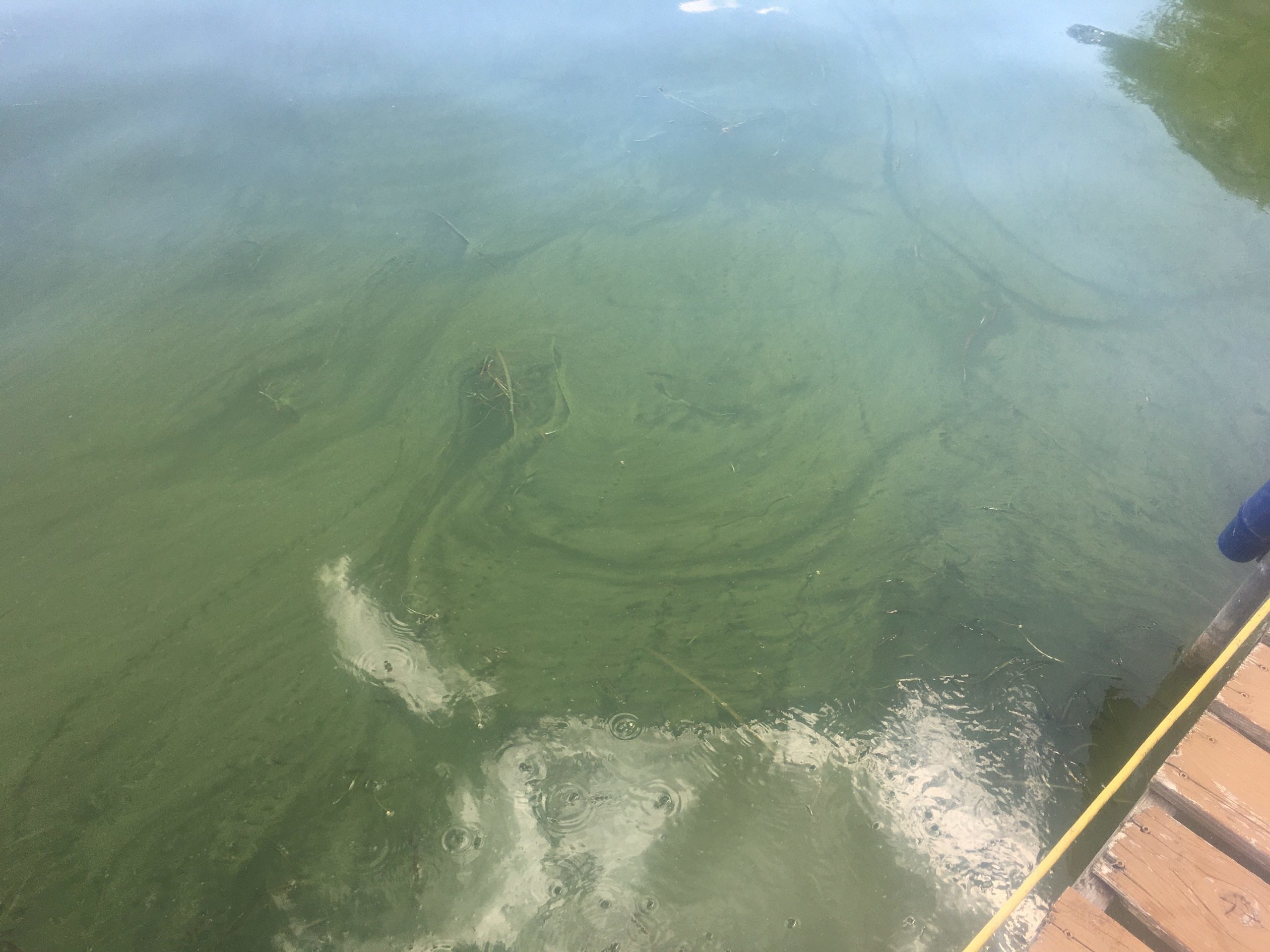Randy Evans is executive director of the Iowa Freedom of Information Council and can be reached at DMRevans2810@gmail.com.
During the 40 years I was a newspaper editor/manager, I strived to ensure the staff incorporated context into their articles. Sometimes, in a journalistic shorthand, that was described “the Iowa angle.”
If there was a mass murder in Iowa, I would dip into my stash of clippings and find the list of the worst mass killings in Iowa history. That allowed us to give context to the magnitude of the tragedy.
The same with tornadoes and floods. How does the number of deaths compare with the worst of these nightmares we have experienced in the past?
During the Vietnam war, and later during the Gulf wars, we turned to bound desk calendars where we pasted clippings to track the running tally of deaths of Iowa soldiers.
So, over this past weekend a friend and I pawed through statistics to provide important Iowa context when Belgium’s mixed relay triathlon team pulled out of the Olympic competition in Paris.
Belgium’s team made that call after one of its athletes became ill and was hospitalized, reportedly for an E. coli infection, after she swam in the River Seine earlier in the competition. The same day as the announcement about Claire Michel, Olympic organizers canceled a training session for the swimming leg of the triathlon because the Seine’s water pollution levels were too high.
The quality of the Seine’s water has been a persistent worry leading up to this year’s Olympic Games. The pollution levels forced organizers to consider delaying, or even canceling, some outdoor swimming events.
This is where the Iowa angle comes into the picture—and it provides some interesting context for the news out of Paris.
Just as water quality stats for the Seine have fluctuated, based on the relationship between rainfall, runoff and drier weather, the quality of water at Iowa’s beaches this summer has fluctuated, too.
Iowa Department of Natural Resources specialists monitor water at beaches because poor water quality can cause intestinal problems that may develop into serious infections. As Claire Michel’s experience shows, poor water quality should not be brushed aside and taken lightly. Contaminated water can lead even healthy young people to need medical treatment.
Here is how the River Seine’s pollution stats look when compared with some Iowa beaches, where the DNR has said at various times that swimming is not recommended because of the contamination.
On July 31, the highest E. coli concentration along the Seine’s race course was 649 MPN/100 mL. That measurement tallies the density of E. coli organisms per 100 milliliters of water.
The Iowa angle shows these readings from tests on July 30 or 31:
- Hickory Grove Park, Story County — 24,000 MPN/100mL
- Edson Park beach, Buena Vista County — 20,000
- Awaysis beach, Storm Lake — 9,200
- Bel Air beach, Buena Vista County — 3,900
- Big Creek State Park, Polk County — 3,400
- Gray’s Lake, Des Moines — 3,000
- Lake Iowa Park, Iowa County — 2,900
- Lake Ahquabi State Park, Warren County: 2,100
- Sandy Hollow Park, Sioux County — 1,500
- Chautauqua beach, Storm Lake — 750
- Lacey-Keosauqua State Park, Van Buren County — 660
- Lake Wapello State Park, Davis County — 600
- Lake of Three Fires State Park, Taylor County — 590
- Beeds Lake, Franklin County — 540
- Union Grove State Park, Tama County — 470
- Lake Darling State Park, Washington County — 470
Unlike the Olympics, these comparisons between Paris and Iowa draw attention to persistent problems in our state that no one wants to celebrate.
No one plans a trip to Paris to swim in the Seine. The Eiffel Tower, yes. The Louvre and the thousands of restaurants that offer something much different from loose-meat sandwiches, yes, those are the pull for tourists and French locals alike.
But Iowa does not have an Eiffel Tower. Swimming at Iowa beaches is one of the recreational attractions in a state without mountains and seashores.
And when water quality is poor enough for authorities to discourage swimming, kayaking, or fishing, people who call this state home or who come to visit us should be concerned.
Editor’s note from Laura Belin: Every Friday during the summer, the Iowa Environmental Council “an e-newsletter with beach advisory updates and other important water news.” You can sign up to receive those newsletters here.
Top photo: Algae in the water at Clear Lake in August 2020 is by Angelisa Belden. She wrote at that time about how difficult it was to know when it’s safe to get in the water at an Iowa beach.


1 Comment
How to get Iowa voters to actually care enough about Iowa's water...
…to make it a major election issue, which is the only way anything is likely to seriously change, remains a mystery. Iowa Democratic candidates are being strongly advised by the Iowa Democratic Party to focus on other issues. That presumably means that Iowa Democratic research has found that Iowa voters still don’t care much about water in 2024.
I’m staying in Iowa because of strong ties to people and land here. But I’m glad my young relatives don’t live in Iowa now. They live, and are raising their children, in states where the lakes and rivers are cleaner, and where clean water matters more to voters.
PrairieFan Mon 5 Aug 6:00 PM